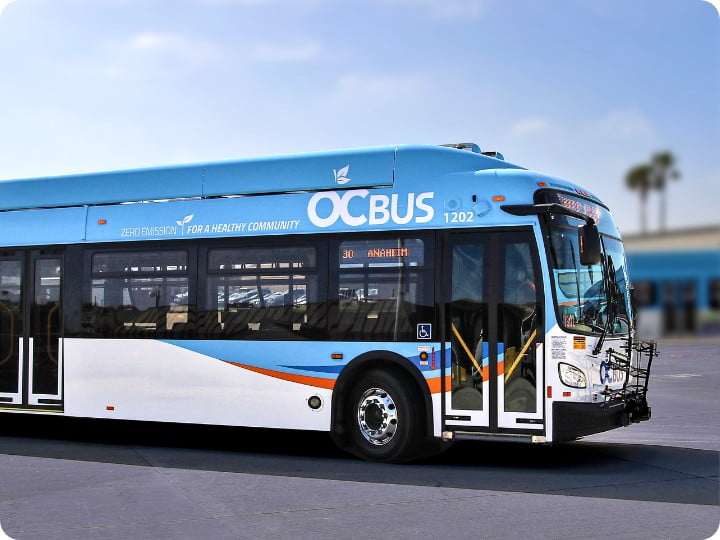Developed a machine learning solution to improve transparency in U.S. hospital pricing by analyzing large-scale healthcare data. The project aimed to identify the key drivers behind the wide variation in procedure costs across hospitals and regions. By integrating hospital and procedure-level datasets, the model uncovered pricing patterns influenced by location, insurance providers, and patient type. The findings support data-driven policy insights to make healthcare pricing more equitable and understandable.


This project leverages regime-aware neural networks to forecast the 10-Year U.S. Treasury yield using a decade of macroeconomic, market, and policy data. By integrating deep learning models (FNN, CNN, LSTM, Transformer) with monetary policy regime indicators, the analysis captures both trend dynamics and directional shifts. The approach also includes economic shock simulations and feature importance analysis to provide actionable insights for market forecasting.

This project applies Natural Language Processing (NLP), network science, and statistical modeling to analyze how transfer narratives influence competitive success in the English Premier League. By combining press coverage, Reddit fan discourse, financial spending, and match performance from 2016–2025, the project quantifies the relationship between hype, money, and results. The findings reveal that narrative attention carries independent predictive power beyond financial resources alone.

This project applies a deep learning LSTM model built in PyTorch to forecast daily household electricity consumption. Using multi-year power usage data, I preprocess, normalize, and structure the time series into supervised learning sequences to predict next-day demand. The model is evaluated using RMSE, MAE, and R² to assess predictive accuracy and generalization performance.

In this project, I implemented and benchmarked multiple machine learning models to predict customer churn for a telecom company. The highlight was replicating TabNet, a deep learning architecture from a Google AI research paper designed for interpretable learning on tabular data.

Analyzed sales performance across California malls to uncover key factors driving higher revenue, with a focus on customer demographics and mall characteristics. This report offers actionable insights for mall operators and store managers to optimize marketing strategies and operational decisions, empowering them to boost sales and enhance overall profitability.

The goal of this project is to conduct an in-depth analysis of the UEFA Champions League (UCL) using historical data from 1955 to 2023. By leveraging match performance and final results data, aiming to uncover patterns, trends, and insights that have shaped the tournament over the decades.

This project delivers a comprehensive financial and strategic analysis of Nvidia, highlighting its role as a global technology leader in GPUs, AI, and high-performance computing. The analysis explores Nvidia's history, strategic goals, recent performance, supply chain, market trends, competitive position, and financial forecasts

The project analyzed transportation and land use data from the Orange County Transportation Authority (OCTA) to provide insights for improving infrastructure, land use planning, and sustainability. By examining GIS layers, population growth, traffic flow, and bikeway usage, it supported data-driven decisions for future transportation and urban development.









